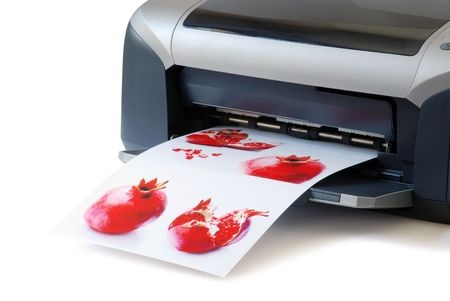As spring turns into summer, day camps and summer camps will start to get into the swing of things. It doesn’t matter if you are a summer camp counselor, leader, parent or participant, your involvement in the coordination of the camp is important. Keeping kids organized and accounted for can be a difficult task, but personalized lanyard have come to the rescue!
 Organization
Organization
Let’s start with the obvious: Summer camps have a lot of kids running around, and where there are lot of kids, there is inherently lots of chaos. Personalized lanyards are great ways to keep track of which kids belong where, and who’s doing what. Here are some easy ways to use personalized lanyards to keep everybody organized:
Colours
If each camp counselor is responsible for a specific set of kids, why not group their teams by colors? If Sarah is Team Orange and Brian is Team Blue, each child Sarah and Brian are responsible for should wear lanyards with their respective team colors. If Brian ends up with a child in orange in his group, it will be easy to identify the mistake and guide the orange camper back to their rightful group.
Themes & Mascots
Creating themes that include team names and mascots can be a fun way to incorporate safety measures that the kids won’t even realize are there for their security. Have the counselors put their heads together to come up with a fun theme well in advance of the commencement of camp. Say everyone decides to go with a superhero theme, each team can then have personalized lanyards with their superpower identifiers or images related to their specific hero.
Accounting for Everyone
Simply checking everyone’s names off the roster at each event can be a huge undertaking. If you choose to go with personalized lanyards that are embossed with each child’s name, counselors can simply walk around and see who is in their session by reading their lanyard. This is also a helpful way for campers and counselors to get to know everyone since there will be a lot of new faces, especially early on in the camp adventure.
Showing Achievements and Building Esteem
Everybody likes to be rewarded for doing great things every now and then. Summer camp is an excellent place for kids to build up their self-esteem, learn skills that are essential for life, and make new friends in the process. Personalized lanyards can up the ante when it comes to showcasing personal achievements. You can create awards in the form of tags that can hang from the children’s lanyards. As the days’ progress, your campers will gain opportunities to earn awards by participating in various activities or showcasing excellent personality attributes. The kids will feel proud of their accomplishments, and the personalized lanyards will create conversation pieces that open up the lines of communication between the kids, thus encouraging stronger socialization skills. This use of personalized lanyards will also allow for teaching opportunities, as counselors will likely be presented with chances to explain the difference between being boastful and simply being proud of achieving success. Campers who don’t receive a desired award will learn the value of being a good sport regardless of outcome and congratulating their fellow campers on a job well done.
Have we piqued your interest and made you curious about how personalized lanyards can help keep children accounted for an organized at summer camp? Contact our team at Avon Security Products today, and let us know how we can help!

 Organization
Organization Regular Cleaning
Regular Cleaning Why Name Badge Holders?
Why Name Badge Holders?
 Javelin DNA ID Card System Benefits
Javelin DNA ID Card System Benefits Concert Venues and Theaters In most cases concert venues and theaters experience high traffic for only a few hours surrounding a single event. During the time that these events are taking place, ticket holders are generally free to move in and out of the theater, going out to smoke or answer phone calls away from the noise and other audience members. However, you don’t want those people to come back the next day and still be able to access the property. Using self-expiring badges that clearly display a “void” image after 24 hours will keep people from repeatedly getting through security.
Concert Venues and Theaters In most cases concert venues and theaters experience high traffic for only a few hours surrounding a single event. During the time that these events are taking place, ticket holders are generally free to move in and out of the theater, going out to smoke or answer phone calls away from the noise and other audience members. However, you don’t want those people to come back the next day and still be able to access the property. Using self-expiring badges that clearly display a “void” image after 24 hours will keep people from repeatedly getting through security. Expiring Badges Ensure Information is Current
Expiring Badges Ensure Information is Current How a Computer Screen Image is Different from a Printed One
How a Computer Screen Image is Different from a Printed One Mac Compatible ID Card Printer Hardware
Mac Compatible ID Card Printer Hardware 1. My card clip often snags my fabric, and even makes holes in my clothes.
1. My card clip often snags my fabric, and even makes holes in my clothes.